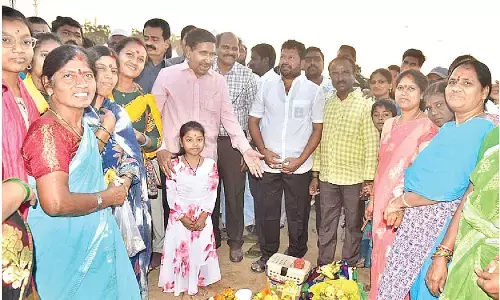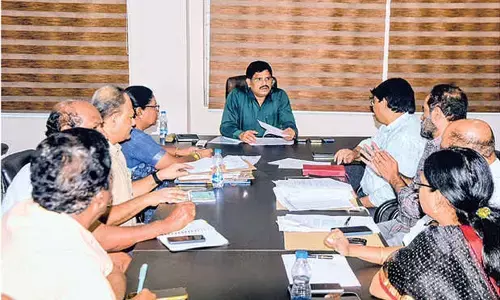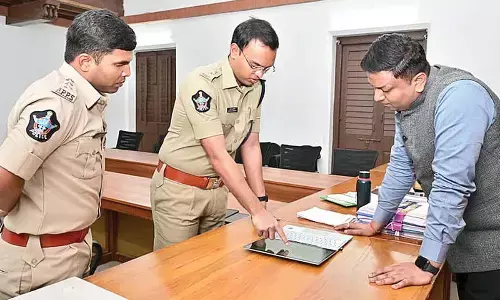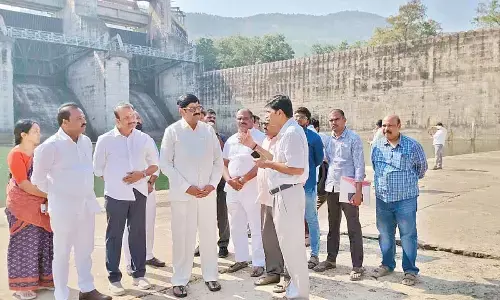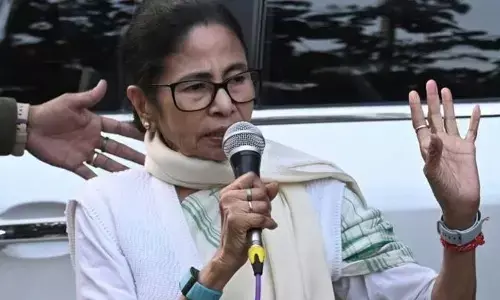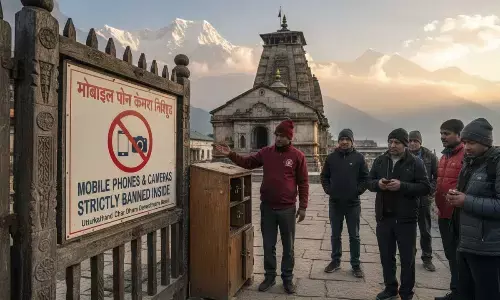On 14th April, 1942 on the occasion of 50th birthday of Babasahab Ambedkar following massage Veer Savarkar sent to him—“With his personality, learning, skill in organization and capability of giving leadership Ambedkar would have become a great mainstay of the country today, but the success he achieved in eradicating untouchability and infusing self-confidence and spirit among untouchables by that he did valuable service to India. His work is of eternal nature, humanitarian and that of imbued with pride in one’s own country.
The feeling that a great man like Ambedkar is born in so-called untouchable-cast this will eliminate despair prevailed in the hearts of untouchables, and from the life of Ambedkar they will get energy to face the dominance of so-called touchables.
Having full respect to the personality and works of Ambedkar I wish for his long and healthy life.” Savarkar or be it Ambedkar both had one goal of removing the distinction of high and low based upon caste from the society.
In the eyes of Savarkar the Hindu organization and its strength had more importance and for that he wanted to eliminate untouchability. Where on the other hand Ambedka was of the creed that the cast based distinction is unscriptural and inhumane therefore needed to be destroyed— as a result of which Hindu organization itself will come into existence.
On 23rd Jan, 1924 Hindu Mahasabha was formed in Ratnagiri by the inspiration of Savarkar. Three resolutions were passed then, and one of them was to initiate a movement to eradicate untouchability. Mass singing of bhajanas [devotional songs]; all-caste community feast; building of Patitpavan mandir; agitation for the right of entrance to untouchables inside Bitthal temple of Ratnagiri all these works done under the guidance of Savarkar greatly impressed the low-caste people. In Savarkar they began to see one who was truly concerned to their plight.
So as to express their gratitude in return to this once on 13th August, 1924 the untouchable community of Bhagur, the birthplace of Savarkar, invited him on the day of Rakshabandhan utsav. In the honor of the guest women living there performed his aarti [a religious rite], and tied rakhi `on the Savarkar’s arm.
So did the people of different castes who came to participate the ceremony, tying rakhis on each other arms. Later they together took oath of not observing casteism in social and religious activities.
If it is to be seen that how deep Savarkar felt about the necessity of eradication of untouchability then what he said on the occasion of Ganeshotsav in a Valmiki basti[locality of sweepers] of Nasik must be looked into. He said—“I wish I would see untouchability removed.
After my death may those giving shoulder to my coffin be comprised of businessmen, of Dhed and Dome [the so-called low-castes], apart from Brahmins! Only on being consigned to flame by them all will my soul rest to peace.”
So that the sense of brotherhood nurtured among Hindus he considered it necessary to get public-tap and temple to be freed from caste-barrier. Not only this even all the activities concerning inter-caste harmony had his support.
Therefore on 7th Oct, 1945 in Maharashtra when an inter-caste marriage between Navle and Karpe castes was organized then among those prominent personalities who blessed married couple was also Savarkar; others were Mahatma Gandhi, Jagadguru Shri Shankracharya, Dr Kurtkoti and Guru Golwalkar of RSS.
For social harmony how seriously Savarkar was engaged in making his efforts that Ambedkar knew too well, which he even expressed on different occasions. One such occasion occurred when a temple in Peth kila in Ratnagiri was built by Bhagoji seth Keer , and Savarkar sent an invitation to Ambedkar to inaugurate it.
In response to the invitation Ambedkar wrote a letter to him —“Due to my engagement in previously scheduled programme I am unable to join the function; but as you are in social field this has lent an occasion to draw a favorable conclusion in this matter.
Destruction of untouchability alone will not make untouchables an inseparable part of Hindu community. Chaturvarnya [fourfold varnas] itself should be abolished. I am extremely delighted to say that you are among those few who felt the necessity of this.”
By Er Rajesh Pathak












